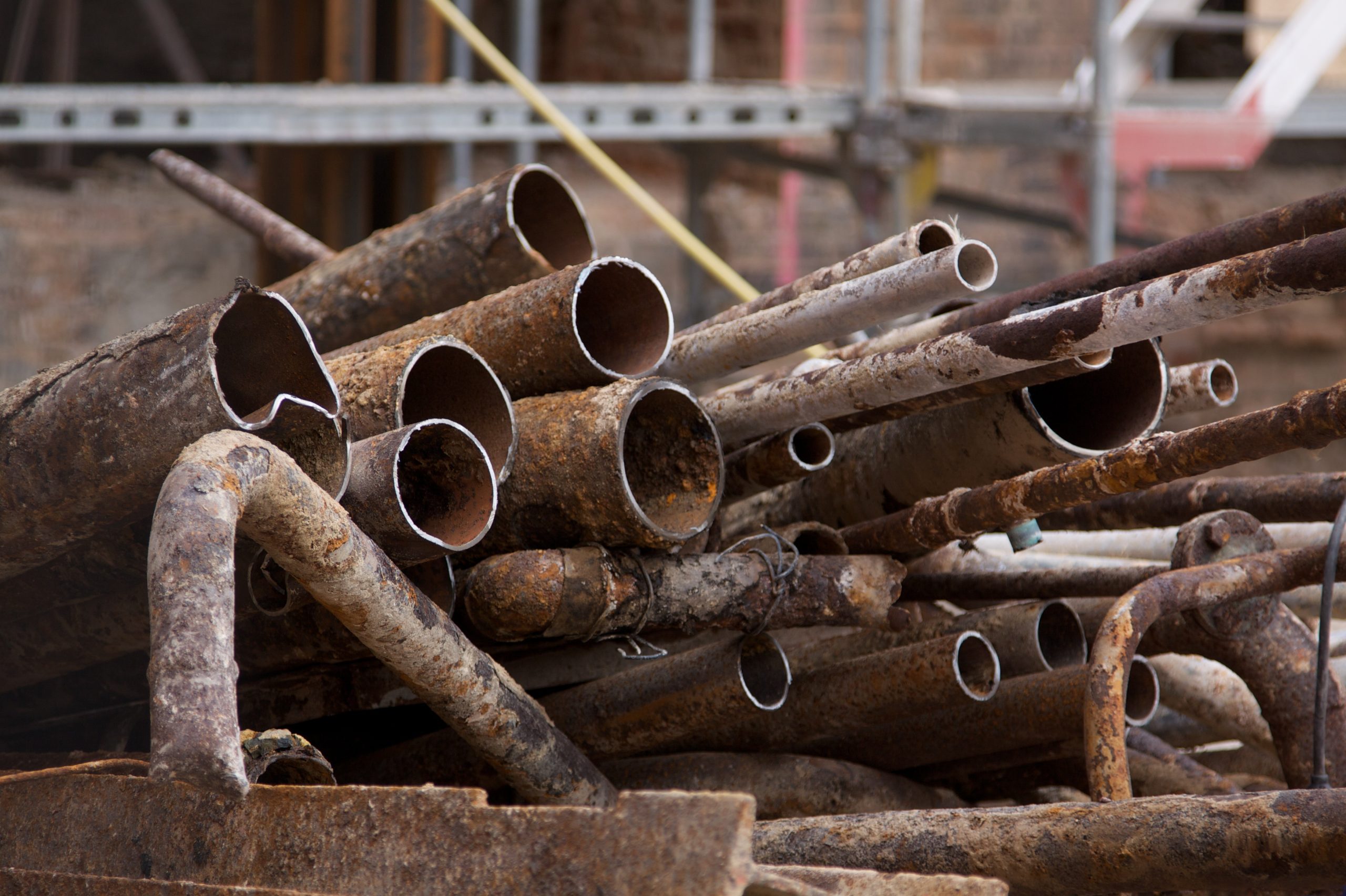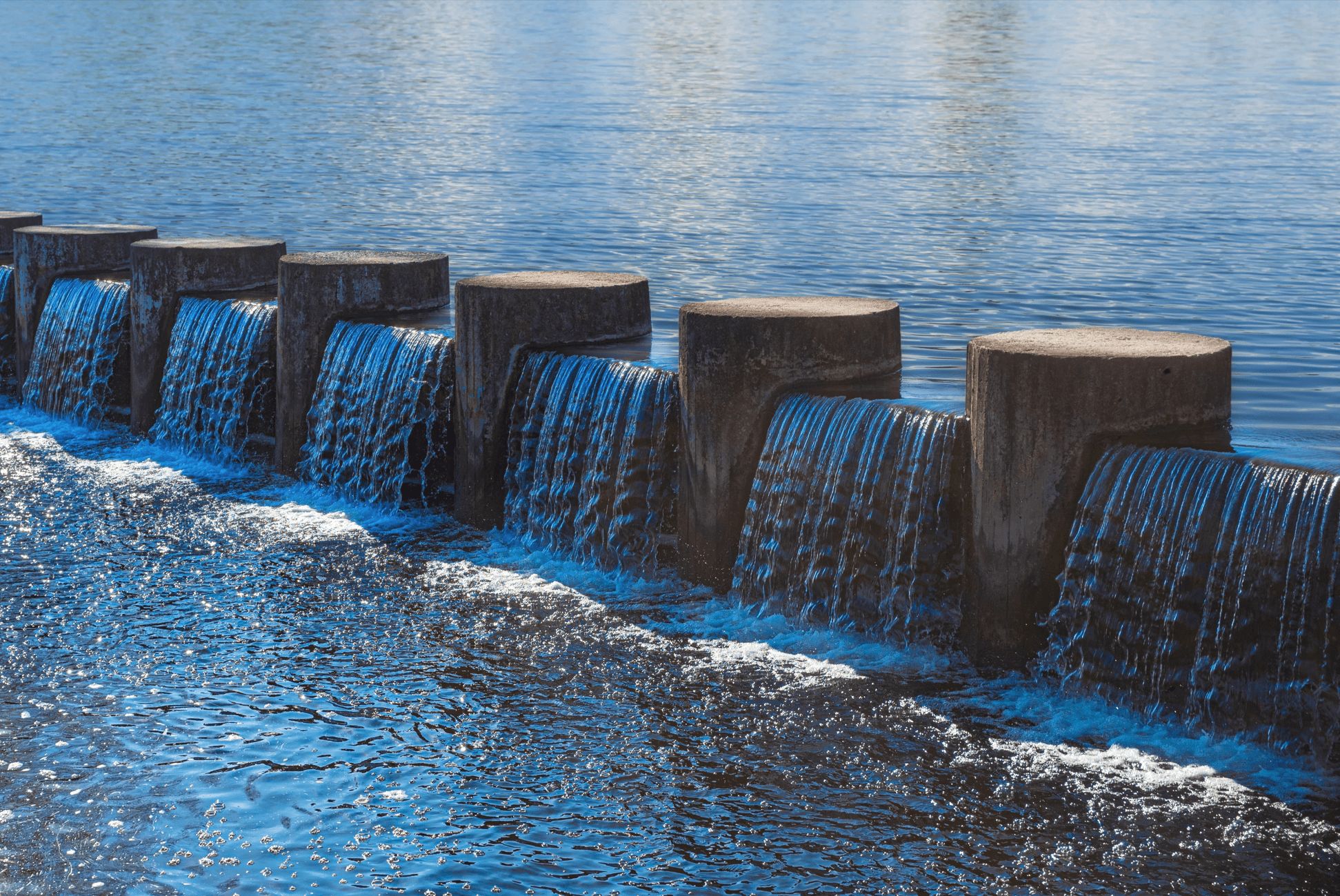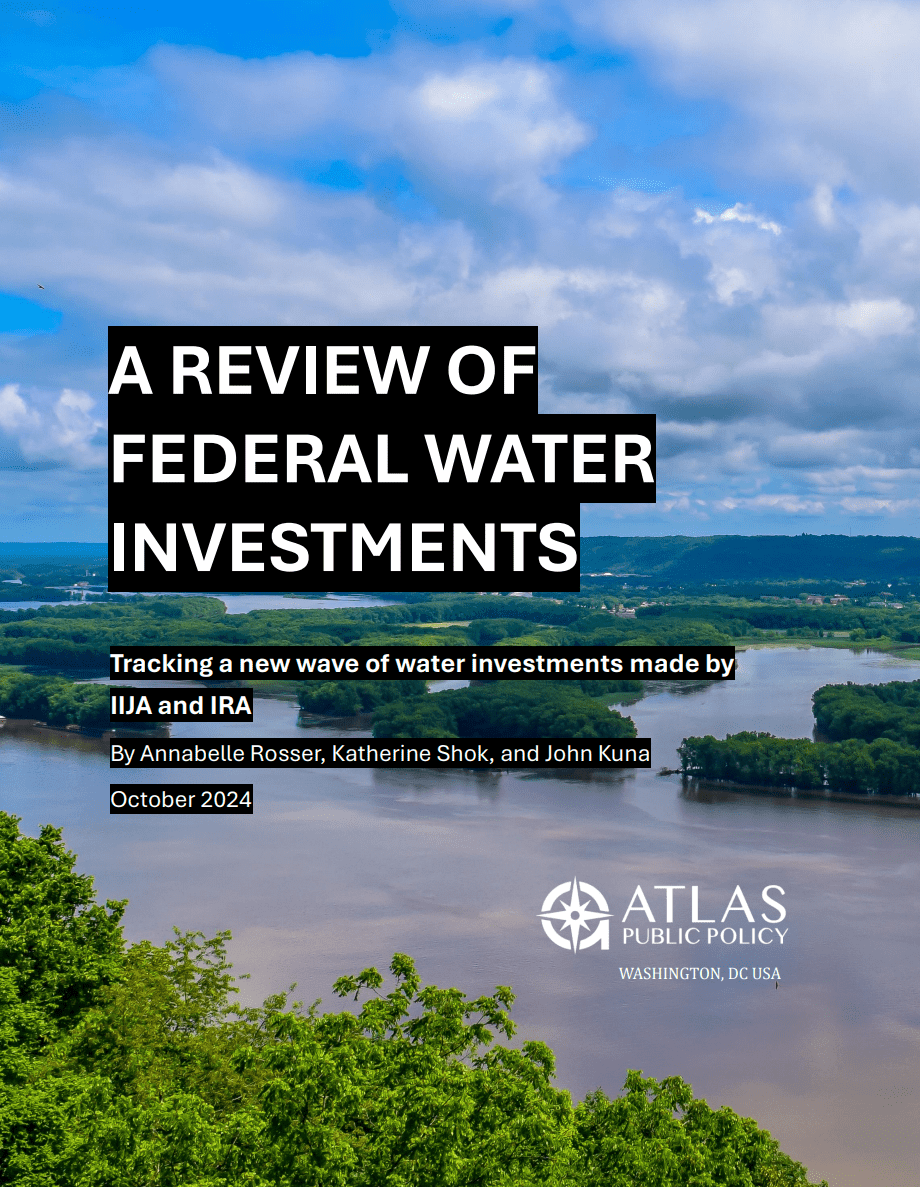
Lead pipes present one of the most pressing threats to safe drinking water facing the U.S., but historically, we have lacked comprehensive data on their whereabouts. EPA’s recently released 7th Drinking Water Infrastructure Needs Survey and Assessment (DWINSA) included a first ever survey of lead pipes, taking an important step to address this gap. It estimates that there are 9.2 million lead service lines across the nation, translating to about 9 percent of all service lines. Reports have projected that number to be even higher: NRDC estimated a range of 9.7 to 12.8 million in 2021.
The DWINSA’s results are alarming. Despite being banned nationwide in 1986 by the Safe Drinking Water Act, lead pipes are still found in every state, as most water service lines were laid in the early to mid-twentieth century. Lead pipes are widespread, with a higher concentration in the East, South, and Midwest. In states like Illinois, Rhode Island, Wisconsin, Ohio, and Connecticut, over 20 percent of all water service lines are projected to contain lead. Florida and Illinois are estimated to have over one million lead pipelines in each state alone. The DWINSA provides a snapshot of lead content in the pipes that make up our water delivery systems, but it doesn’t account for household sources of exposure like plumbing, faucets, and fixtures, which are also likely widespread, especially in older buildings.
Lead contamination poses a significant threat to public health. EPA estimates that about a fifth of a person’s exposure to lead comes from drinking water, and as much as 60 percent for infants who primarily consume mixed formula. Children and infants are especially vulnerable to lead, as even minimal exposure can damage the brain and cause a range of health issues. Consequently, in accordance with the CDC, EPA has determined that there is no safe level of lead exposure, meaning any water system with lead levels is out of compliance with Safe Drinking Water Act standards.
Replacing lead pipelines is difficult, costly, and requires significant federal investment, as Flint’s water crisis brought to the national stage. According to the 7th DWINSA, systems will need $625 billion to fund work like pipe replacement, plant upgrades, storage tanks, and other water system assets over the next two decades. Responding to this need, the Biden administration substantially increased public investments in the nation’s primary federal funding mechanisms for water: the Drinking Water and Clean Water State Revolving Funds.
In addition to supplementing the funds’ general allocations by $11.7 billion each, the Bipartisan Infrastructure Law set aside $15 billion specifically to address the replacement of lead water service lines. Roughly half of that funding will be distributed as grants or principal forgiveness loans, and half will be used for low-interest loans.
Revolving Loan Fund |
Funding FY22-26 |
| Clean Water State Revolving Fund (CWSRF) | $11.7 billion |
| CWSRF Emerging Contaminants | $1 billion |
| Drinking Water State Revolving Fund (DWSRF) | $11.7 billion |
| DWSRF Emerging Contaminants | $4 billion |
| DWSRF Fund Lead Service Lines Replacement | $15 billion |
The $15 billion set aside for lead pipelines will be distributed over five years through formula allocations that are informed by the results of the DWINSA. The funding is then doled out by the states through low-interest loans and grants to local water projects (for more information on the State Revolving Loan Funds check out our last month's digest.) Notably, until this year, the EPA’s DWINSA did not include an inventory of lead pipes, and so fiscal year 2022 allocations were determined without that data.
Thanks to the inclusion of lead content in service lines in the DWINSA, formula allocations for lead pipe replacements have been updated for fiscal year 2023. States with significantly high volumes of lead pipes — like Illinois, Wisconsin, Ohio, and Florida — are being allocated more than double the funding they were last year, whereas states with comparably fewer pipelines to replace — like California, Washington, and Alaska — will receive less, redistributing funds where they are needed most.
There is a possibility that the results of the DWINSA and the respective allocations for lead pipeline replacements could change. Roughly three quarters of public water systems completed the lead pipeline questionnaire, but considering lead pipe inventories can evolve, the EPA is granting systems a one-time opportunity to update their results or submit a response if they had not previously. Data revisions are due at the end of November and will be published by the EPA alongside updated analysis and funding allocations in March 2024.
But not all states want a boost in funding. At least four states — Washington, Oregon, Maine and Alaska — have declined all or most of their fiscal year 2022 allocation for lead pipeline replacements. The EPA is currently reviewing the states’ intended use plans and will publish a more complete list of how much funding each state will receive later this month. Generally, these four states have far fewer lead pipes than others, but they all have at least some in need of replacing.
Some advocates like the NRDC are concerned states are less inclined to use funding to search for lead pipes, leaving an urgent public health crisis undiscovered and unsolved. Washington cited low interest from water utilities as a reason behind their decision to ask for far less funding than they were allocated. Alternatively, Maine explained that they did not yet have replacement projects ready to receive funding. States that decline the first year of funding are still eligible to receive funding in subsequent years, and most of the declining states indicated they would likely ask for money down the line. Regardless, any funding not taken up will be redistributed to other states; these changes are detailed in receiving states’ intended use plans.
The 7th DWINSA provides a helpful estimate of the prevalence of lead pipes throughout the U.S., but more inventorying must be done to locate which water service lines need to be replaced. Under the DWSRF, funding cannot be used for routine monitoring for lead. However, funding can be used by states to conduct non-routine lead sampling or by public water systems as part of a lead service line replacement project.
It is also important to recognize DWSRF funding is focused on public water system infrastructure and does not support the replacement of a building’s plumbing or water main, other common sources of lead exposure. Programs like EPA’s Voluntary School and Child Care Lead Testing and Reduction Grant Program — which distributed $58 million to states this year to test for and address lead in schools and child care centers — are a good start, but there is more to do to improve public health nationwide, especially for buildings constructed prior to the 1980s.
To find more information about applying for funds in your community, reach out to your state’s DWRSF contact.


